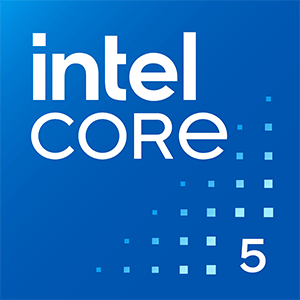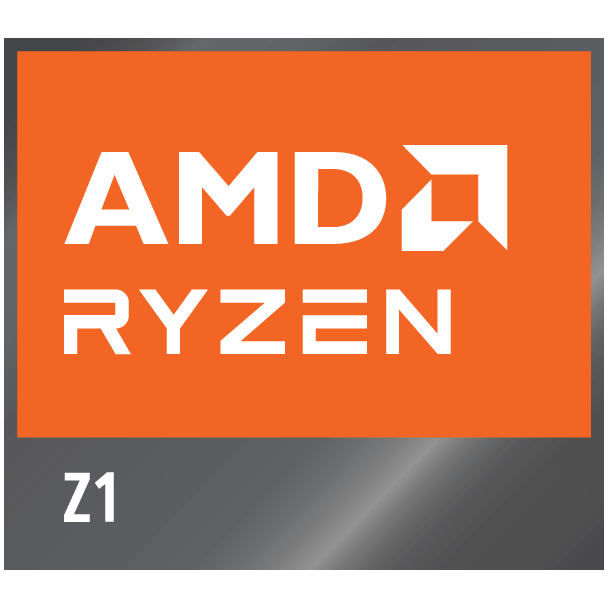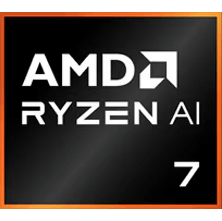Intel Processor N100 vs Intel Celeron J1900
We compared the laptop Intel Processor N100 with 4 cores 0.8GHz and the desktop Intel Celeron J1900 with 4 cores 2.0GHz . You will find out which processor performs better in benchmark tests, key specifications, power consumption and more.
Main Differences
Intel Processor N100 's Advantages
Released 9 years and 2 months late
Better graphics card performance
Higher specification of memory (4800 vs 1333)
Larger memory bandwidth (38.4GB/s vs 21.3GB/s)
Newer PCIe version (3.0 vs 2.0)
More modern manufacturing process (10nm vs 22nm)
Lower TDP (6W vs 10W)
Score
Benchmark
Geekbench 6 Single Core
Intel Processor N100
+557%
1204
Intel Celeron J1900
183
Geekbench 6 Multi Core
Intel Processor N100
+305%
2314
Intel Celeron J1900
571
General Parameters
Jan 2023
Release Date
Nov 2013
Intel
Manufacturer
Intel
Laptop
Type
Desktop
x86-64
Instruction Set
x86-64
Alder Lake
Core Architecture
Bay Trail
N100
Processor Number
J1900
BGA-1264
Socket
FCBGA1170
UHD Graphics (24 EU)
Integrated Graphics
Intel® HD Graphics for Intel Atom® Processor Z3700 Series
Package
10 nm
Manufacturing Process
22 nm
6 W
Power Consumption
10 W
105°C
Peak Operating Temperature
105 °C
CPU Performance
-
Performance Cores
4
-
Performance Core Threads
4
Performance Core Base Frequency
2.0 GHz
-
Performance Core Turbo Frequency
2.42 GHz
4
Efficiency Cores
-
4
Efficiency Core Threads
-
0.8 GHz
Efficiency Core Base Frequency
-
3.2 GHz
Efficiency Core Turbo Frequency
-
4
Total Core Count
4
4
Total Thread Count
4
100 MHz
Bus Frequency
-
8
Multiplier
20x
96 K per core
L1 Cache
32 K per core
2 MB shared
L2 Cache
2 MB
6 MB shared
L3 Cache
-
No
Unlocked Multiplier
No
Memory Parameters
DDR5-4800, DDR4-3200, LPDDR5-4800
Memory Types
DDR3L-1333
16 GB
Max Memory Size
8 GB
1
Max Memory Channels
2
38.4 GB/s
Max Memory Bandwidth
21.3 GB/s
No
ECC Memory Support
No
Graphics Card Parameters
true
Integrated Graphics
true
-
GPU Base Frequency
688 MHz
750 MHz
GPU Max Dynamic Frequency
854 MHz
256
Shader Units
-
16
Texture Units
-
8
Raster Operation Units
-
24
Execution Units
-
10 W
Power Consumption
-
0.3 TFLOPS
Graphics Performance
0.04 TFLOPS









